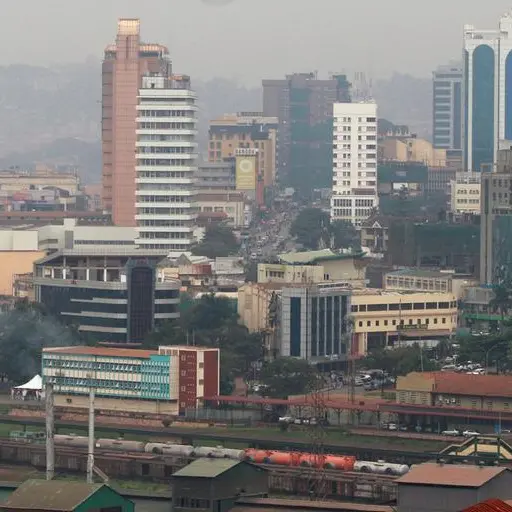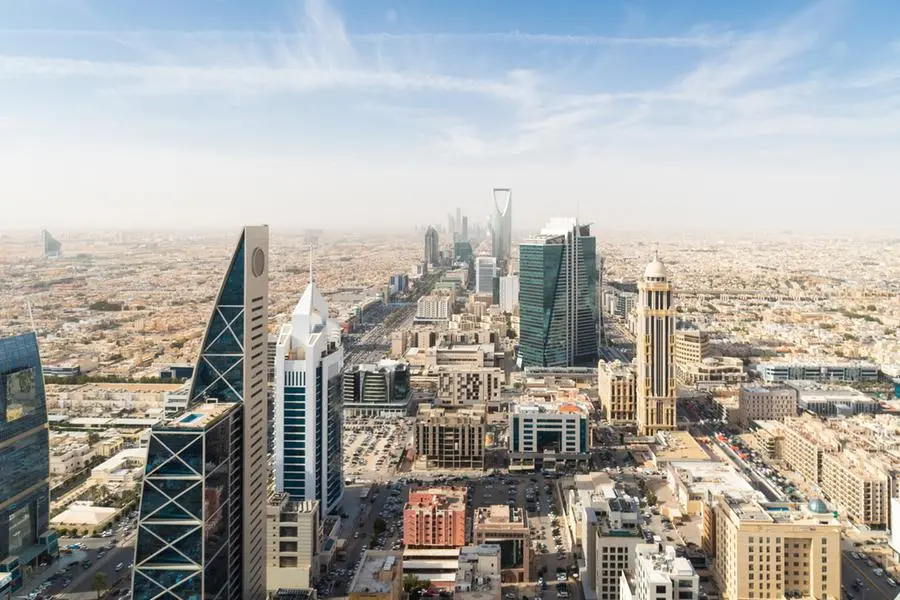PHOTO
Last week the UN Intergovernmental Panel on Climate Change issued a climate change “code red.” Human activity is changing the climate in unprecedented and sometimes irreversible ways. The warning was unequivocal: A key global temperature limit has been broken, and humanity can expect a continued increase in floods, droughts and heatwaves.
The bad news came amid a succession of wildfires in the Mediterranean region, fanned by strong winds and high temperatures. The infernos that took hold in Tunisia, Algeria and Morocco this week have brought the real impact of climate change to the forefront, and should serve to focus minds on how the Arab world, the most water-scarce region globally, will need to mitigate its impact.
The UN’s sober assessment is as much a call for action as it is a warning. The belief that a marked cut to greenhouse gas emissions will go some way to limit the rise in global temperatures is central to the report’s assertions. Since 1970, global surface temperatures have risen faster than in any other 50-year period over the past 2,000 years — in the Arab world this has been all the more severe. The IPCC special report projected that average temperatures in the region will increase by 1-2 degrees Celsius by 2030-2050.
Governments in one of the hottest regions on earth will continue to face challenges affecting the lives of millions caused by climate change. Increases in temperature will cause longer dry periods, affecting vegetation and crop production in areas that are already arid or semi-arid at best. The prospect of temperature rises threatening food security carries political risks, migration and conflict going hand in hand with limited access to food and water.
The impact of climate change on agriculture has been and will continue to be compounded by increasing urbanization of MENA societies. In what is one of the most youthful regions of the world, populations with a median age of 22 can no longer be supported by rural living, and the resulting migration to cities will exacerbate the issue. The spread of city “heat islands” in the Arab world is a direct result of population growth and climate change. Structures such as buildings, roads and other infrastructure absorb and re-emit the sun’s heat more than natural landscapes do.
From Morocco to Bahrain, this phenomenon has led to increased water and energy usage in cities in order to mitigate rising temperatures. Nowhere is the problem more acute than in the GCC, with the Arabian Peninsula one of the most inhospitable regions in the world. However, wealth has brought large movements of people and encouraged population growth locally. Temperatures in Kuwait City last week reached 63 C under direct sunlight.
Studies have also shown that urban sprawl in the Gulf region has resulted in urban heat islands being most pertinent in Doha and Dubai. The “air-conditioning trap,” as it has been described, has meant that the huge amount of energy used to keep buildings cool is, in effect, creating heat. In the UAE, where a small unit cooling a single room, on average, consumes more power than running four fridges, a staggering 70 percent of domestic electricity consumption is for air-conditioning.
The climate change report could not have been more timely in respect to the Arab world. Rising temperatures mean that, increasingly, large cities will face inhospitable temperatures for more than a quarter of the year. With this problem expected to worsen, stresses on scarce water resources and ever-decreasing arable land will become more acute.
However, there is a real opportunity for the Arab world to capitalize on this phenomenon. Arab countries have some of the highest wind and solar energy potential in the world. Exploiting this would enable them to reduce the vulnerability of their existing energy systems amid an end to subsidies throughout the region, while continuing to act as energy exporters to the world. Since the demand for cooling and refrigeration no doubt will rise, using sustainable energy sources is preferable to the burning of fossil fuels.
Climate change is very much an Arab issue. The Sahara Desert alone has expanded over an area twice the size of France in the past 50 years. The region is, of course, no stranger to the severe effect of climate change on its history. The Arabian Peninsula was once a savanna, host to 47 lakes, before climate change rendered it one of the most inhospitable areas in the world. This change is thought to have supported the first northward expansion of the Arab people, their search for water driving them toward the Levant, the Euphrates and the Nile.
This should serve as a reminder that extreme temperature changes can have a more significant effect on the lives of millions than any of the region’s current political wrangling.
• Zaid M. Belbagi is a political commentator, and an adviser to private clients between London and the Gulf Cooperation Council (GCC). Twitter: @Moulay_Zaid
Copyright: Arab News © 2021 All rights reserved. Provided by SyndiGate Media Inc. (Syndigate.info).























